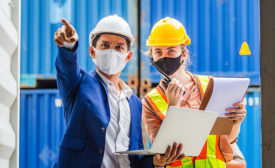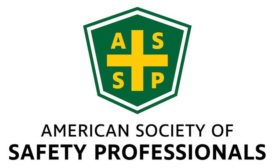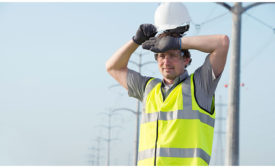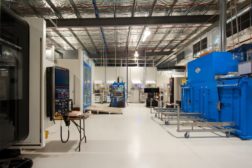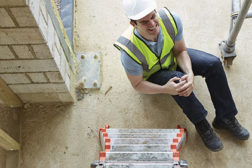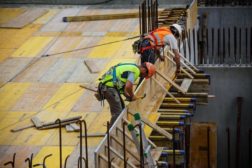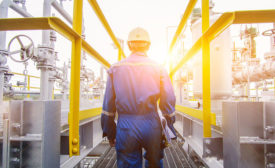Workplace Training Strategies
Cover Story
Consider these 12 practices from the field; stay abreast of breakthrough technologies
Read More
Reopening tips for the manufacturing sector
Keeping employees, customers and visitors safe, comfortable and confident
August 27, 2020
Never miss the latest news and trends driving the safety industry
eNewsletter | Website | eMagazine
JOIN TODAYCopyright ©2024. All Rights Reserved BNP Media.
Design, CMS, Hosting & Web Development :: ePublishing
